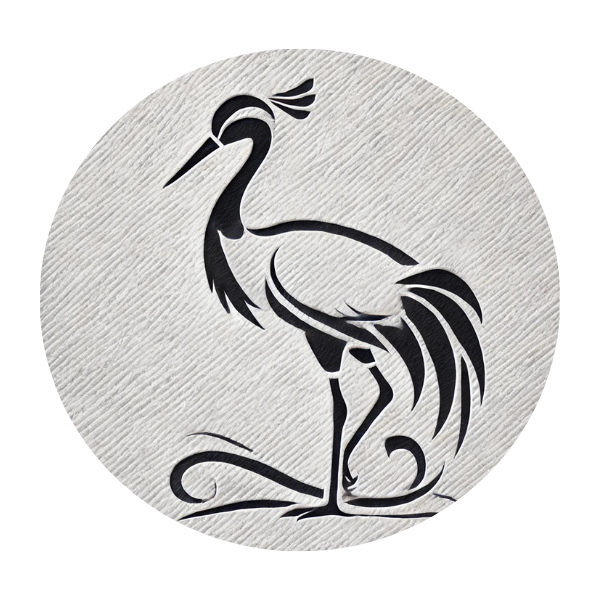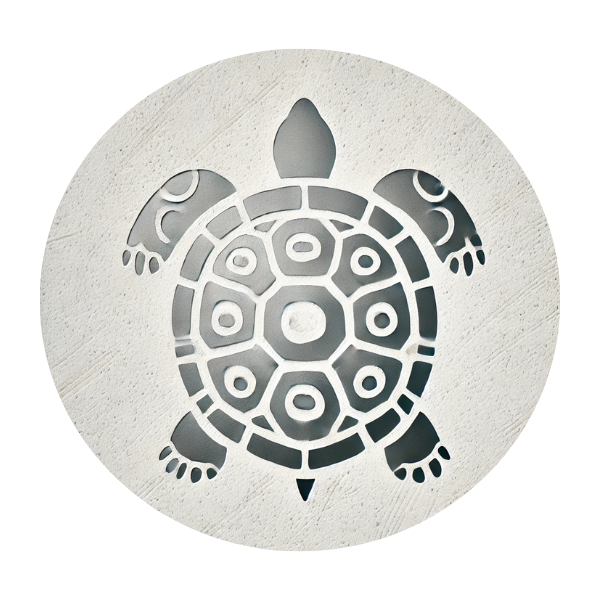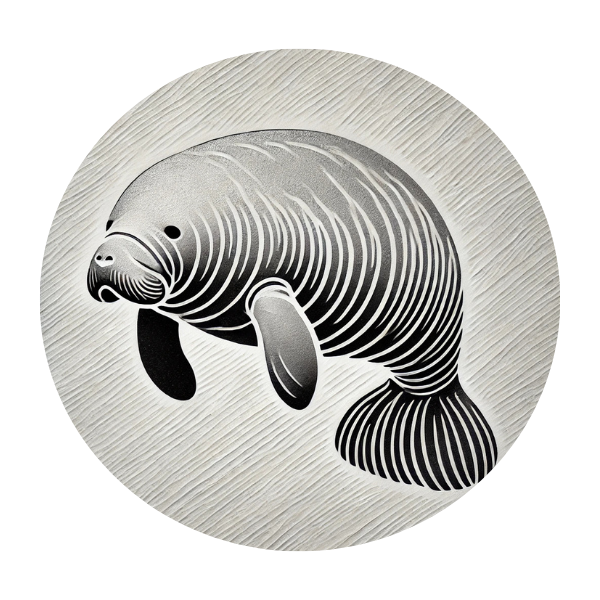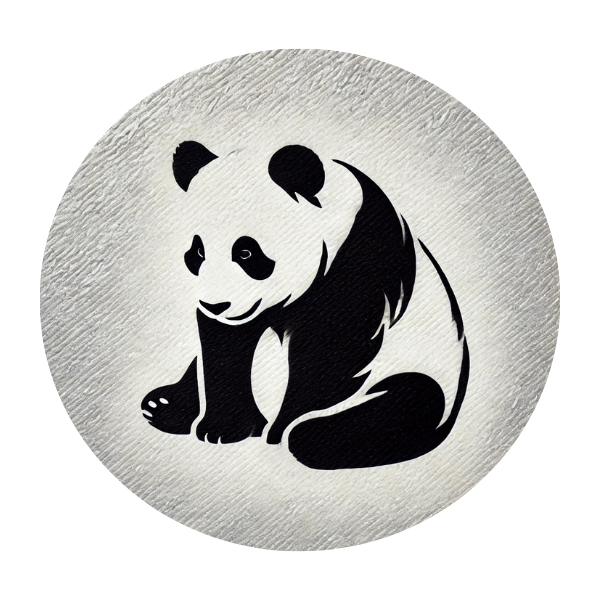CALMNESS
I center myself allowing calmness to flow through my mind and body no matter the chaos around me
WHAT IS CALMNESS ?
A state of tranquility and serenity, free from agitation, excitement, or disturbance.
Synonyms: Composure, Serenity.
Antonym: Agitation
“Calm mind brings inner strength and self-confidence,
so that's very important for good health.”
Dalai Lama
HOW TO RECOGNIZE CALMNESS
IN OTHERS
AND ONESELF
HOW TO RECOGNIZE
IN OTHERS
Body Language
Slow movements, open posture,
steady breathing
Facial Expressions
Relaxed expression, soft eyes,
gentle smile
HOW TO RECOGNIZE
IN ONESELF
In the Body
Steady heartbeat, relaxed muscles,
deep breathing
In the Mind
Sense of clarity, peaceful and
grounded thoughts
HOW TO RECOGNIZE CALMNESS
IN OTHERS
AND ONESELF
HOW TO RECOGNIZE
IN OTHERS
HOW TO RECOGNIZE
IN ONESELF
Body Language
Slow movements, open posture,
steady breathing
In the Body
Steady heartbeat, relaxed muscles,
deep breathing
Facial Expressions
Relaxed expression, soft eyes,
gentle smile
In the Mind
Sense of clarity, peaceful and
grounded thoughts
What activities or practices bring me
the most sense of calm?
TIPS AND TRICKS ON HOW TO DEAL WITH THIS
EMOTION

Practice deep, rhythmic "ocean" breaths by inhaling deeply and exhaling audibly through your nose. This technique calms the mind and body.

Imagine yourself in a serene natural setting, such as a forest or beach. Focus on the sounds and sensations to bring calmness to your state.

Engage in a gentle yoga sequence, including poses like Child's Pose and Cat-Cow, to release tension and cultivate calm.

Listen to or play singing bowls, focusing on the calming vibrations to soothe your mind and promote inner peace.
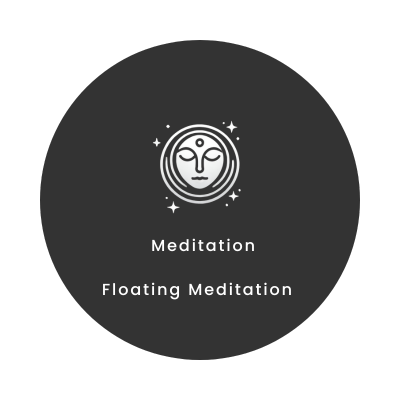
Practice meditation while lying flat on a comfortable surface, imagining yourself floating on water, releasing stress with every breath.

Use calming essential oils, such as lavender or chamomile, in a diffuser or as a spray to create a peaceful environment.
CURIOUS FACTS ABOUT CALMNESS
ANIMALS ASSOCIATED WITH CALMNESS
Different animals are associated with different emotions in different cultures. Flip the coins to found out more:

